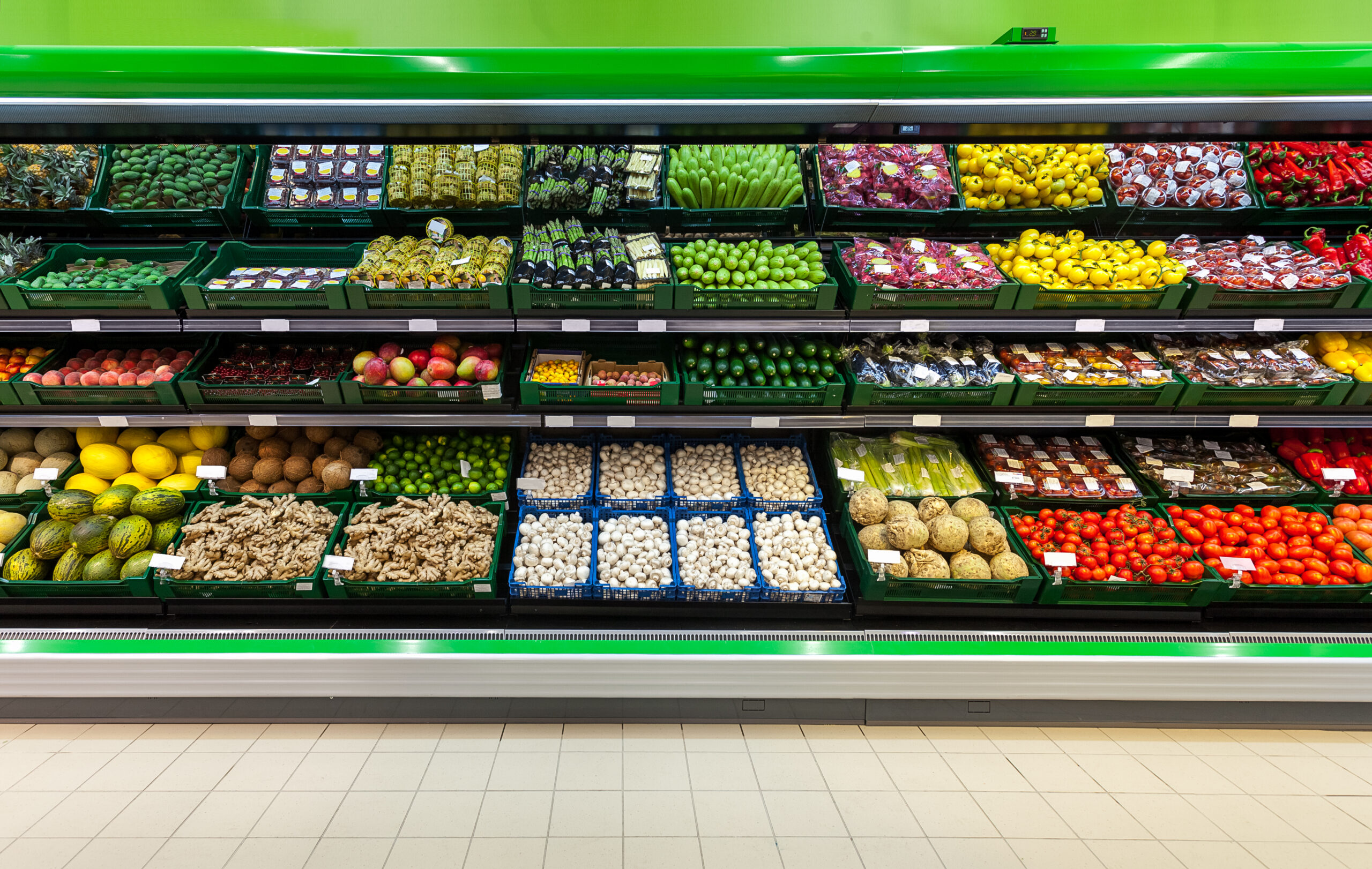A Glimmer of Relief in Grocery Bills
Food shoppers are witnessing a notable shift in the market dynamics as grocery prices, which have been on an upward trajectory since the onset of the pandemic, have shown a slight decrease last month. According to the latest inflation data from the Bureau of Labor Statistics, grocery prices fell by 0.2% from March to April, providing a much-needed respite to consumers. However, this decrease in grocery prices contrasts with a rise in restaurant food prices, highlighting a mixed picture in the food industry.
The Breakdown of Grocery Pricing Trends
The Welcome Dip
“After years of increases followed by months of a plateau, grocery prices fell last month,” reports indicate. The minor reduction of 0.2% might seem insignificant, but it is a welcome change from the persistent rise that has burdened households. This relief comes after food prices remained flat for the first time in nearly a year since February, hinting at a possible stabilization in the market.
Persistent Highs
Despite the recent dip, grocery prices are still higher than a year ago, with a 1.1% increase over the past 12 months. This figure is moderate compared to the overall inflation rate of 3.4% for the same period, suggesting that grocery prices are somewhat decoupling from broader economic inflationary pressures.
Specifics in Price Changes
Significant Drops and Increases
The past year has seen varied price changes across different food categories. “Apples, in the wake of a supply glut last year, plunged 12.7%. And eggs, last year the poster child for rising prices, were down 9%,” highlighting significant reductions. Conversely, products like uncooked beef roasts and beef steaks have sharply increased due to constrained supplies, exacerbated by external factors such as wildfires in Texas.
Monthly Fluctuations
From March to April, prices for eggs, apples, fresh fruits, vegetables, and poultry decreased noticeably. However, some items, like breakfast sausage and flour, experienced price hikes, underscoring the variable nature of grocery pricing, which is influenced by seasonal and market-specific factors.
The Contrast with Restaurant Prices
Steady Rise in Dining Costs
While grocery shoppers are seeing some relief, restaurant-goers are not as fortunate. “In the year through April, prices at restaurants rose 4.1%,” with particularly steep increases in fast food and limited-service restaurants. This rise in dining costs is starting to impact consumer behavior, with reports of decreased visits and spending at popular chains like McDonald’s, which need help with its lower-income customer base.
Navigating the Mixed Food Pricing Landscape
The current landscape of food pricing presents a complex picture. Grocery prices are beginning to show signs of relief, contrasting sharply with rising costs in the dining sector. Consumers adapt to these changes with varying spending habits, reflecting broader economic conditions and personal budgetary constraints. As the market adjusts, consumers and businesses are recalibrating their strategies to cope with the evolving financial environment.






















